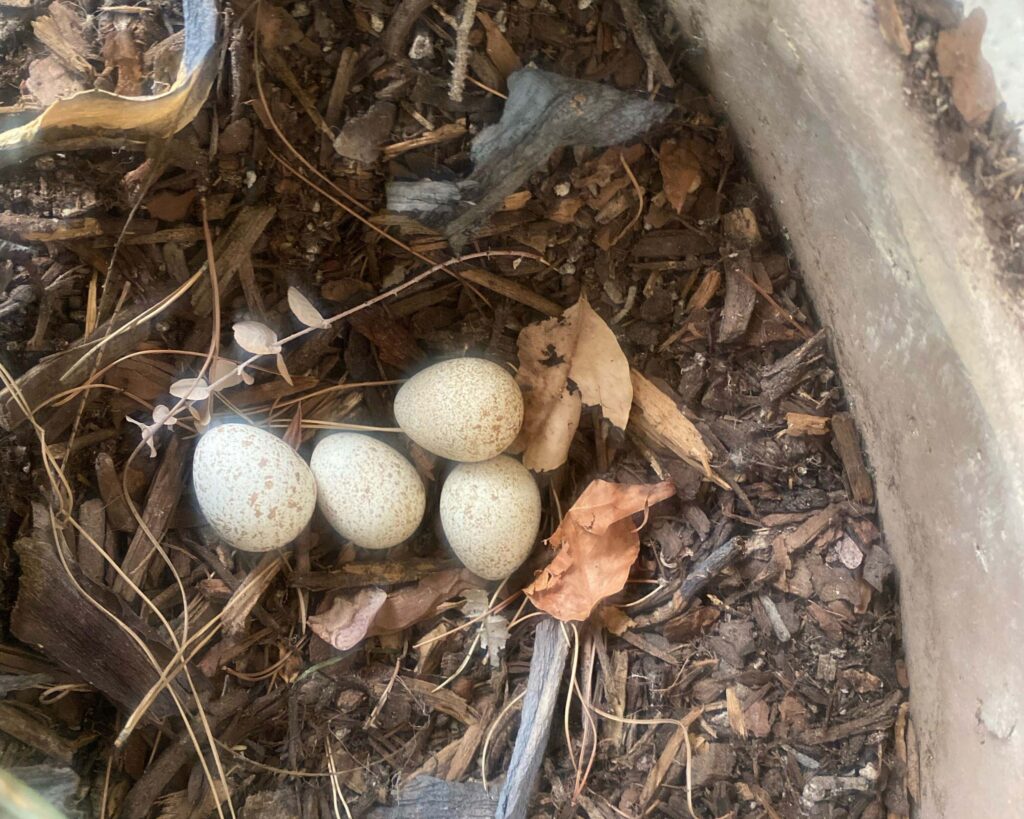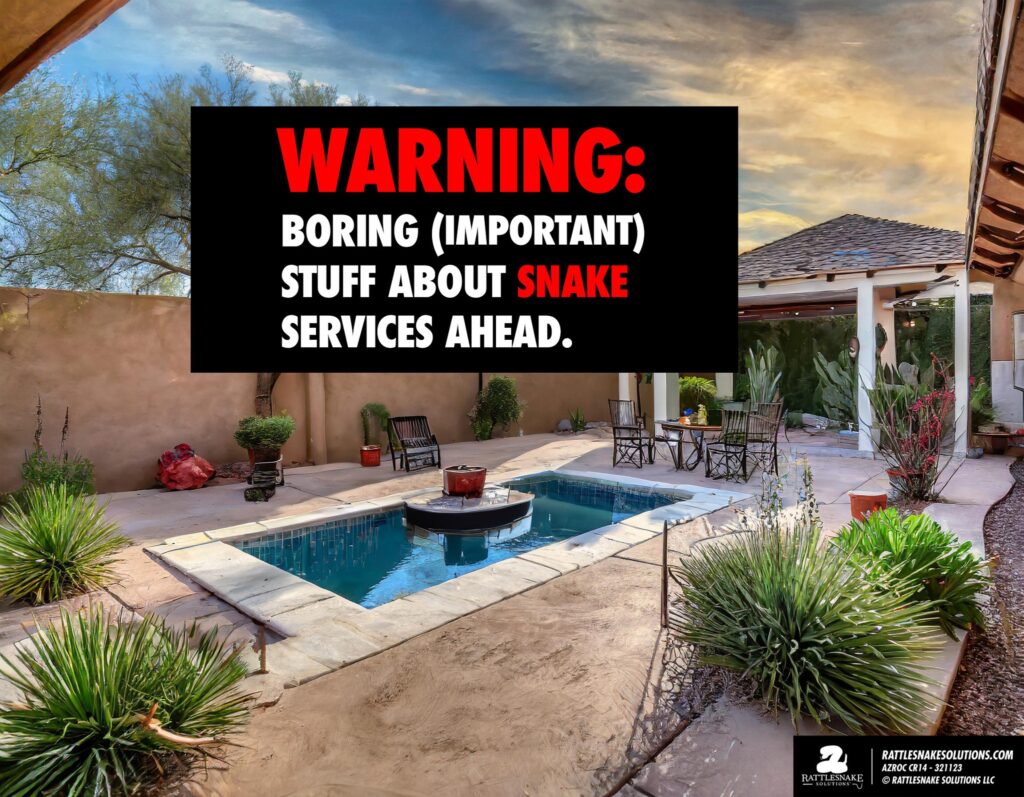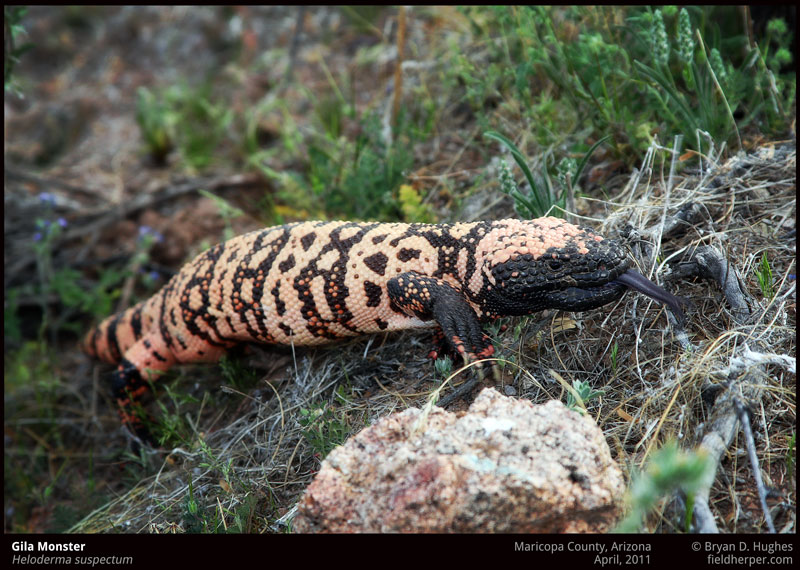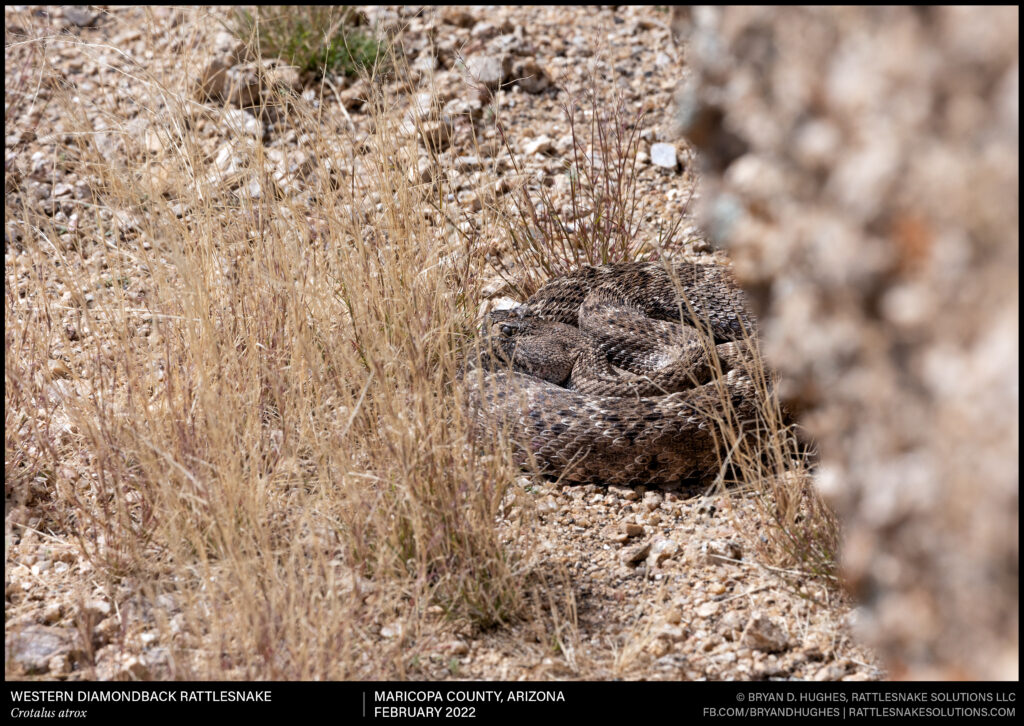
It’s egg season. But rattlesnake eggs? Never. We get a good number of calls and inquiries about rattlesnake eggs in the backyard, but we can tell you right now: the eggs you see are not from a rattlesnake.
How can we be so sure? Rattlesnakes don’t lay eggs! They give live birth in the late summer, so any mystery eggs in any situation simply cannot be from a rattlesnake. We wrote about this back in 2017, explaining everything.
But, the reasons why a person might think so can be interesting. Here’s our take, and a note for those of us who devote our time to work with the public on matters of reptile conservation.
Why is it so common to think bird eggs are rattlesnake eggs?
Human brains are tricky. Be clear: this situation is a perfectly normal part of the way we often approach the unknown. Because we know a thing or two about snakes, and you likely do as well, means little – it’s something we all do. It’s a form of confirmation bias. Once an idea is in play, it’s difficult to start from a clean slate and inaccurate answers can be the result.
You’re likely familiar with hikers posting photos of dog tracks in the mud, commenting “is this a mountain lion? I think it’s a mountain lion” … and regardless of subsequent comments and evidence showing that it’s just a dog print, the initial assessment remains: there was a Mountain Lion here until proven otherwise.
We are all subject to confirmation bias. Yes, even you.
It’s a logical process issue we all can be subject to, where the least likely, but most interesting situation is the default thought, with evidence used to reluctantly disprove rather than inform.
This shows up here in rattlesnake world with things like the common misidentification of the Southwestern Speckled Rattlesnake as the cooler-sounding and less often seen Tiger Rattlesnake. Or the “Mojave Green” rattlesnakes draped across mountainous landscapes across the west, which are of course something else entirely. And even lizards get this, where it’s not uncommon for us to see Chuckwallas initially labeled as a venomous Gila monster. It’s also covered here in our video about how to tell the difference between a Mojave Rattlesnake and Western Diamondback Rattlesnake (https://rattlesnakesolutions.com/mvd)

So what does a person tend to do when faced with mysterious eggs in the backyard. Could they be from the birds back there every day, or the lizards on the block walls … once the idea that they could be from a rattlesnake creeps in, everything else falls away. And, thankfully, we can always answer with complete certainty when asked.
Similarly, the decision for a person to choose more effective solutions when a rattlesnake shows up in the yard, like relocation and snake fencing, can seem to go against all aspects of common sense. Even when it’s learned that killing rattlesnakes won’t reduce encounters in an area and can even create a more dangerous situation, it can be a difficult switch to flip. A lifetime of bias, learned as a child, can make decisions that seem easy on paper harder to impliment and feel good about. The beliefs that a person has towards snakes can heavily influence their decision making process, regardless of actual or perceived safety as a result.
A different approach for reptile educators
It’s just another aspect of how interesting thought processes are when it comes to anxiety-producing topics, like rattlesnakes. The longer we do this work, the more time is spent understanding the thought processes themselves, rather than be frustrated with the results. Education is certainly important, and we all know that fear and ignorance go hand-in-hand. However, what can feel like an endless, helpless situation can change when we focus on how these thoughts are produced, protected, and perpetuated.
A community may never care for rattlesnakes, and that’s not a surprise. But they certainly care about other things: how they fit into the local culture, how useful or beneficial are they to their “tribe”, which aspects of a personality are desirable to express, and so on. By thinking about how rattlesnakes might fit into those boxes for an individual, or a community, change can be acheived. When being knowledgeable and kind to wildlife, including rattlesnakes, becomes a mark of local importance with all of the social benefits therein: watch what happens.




